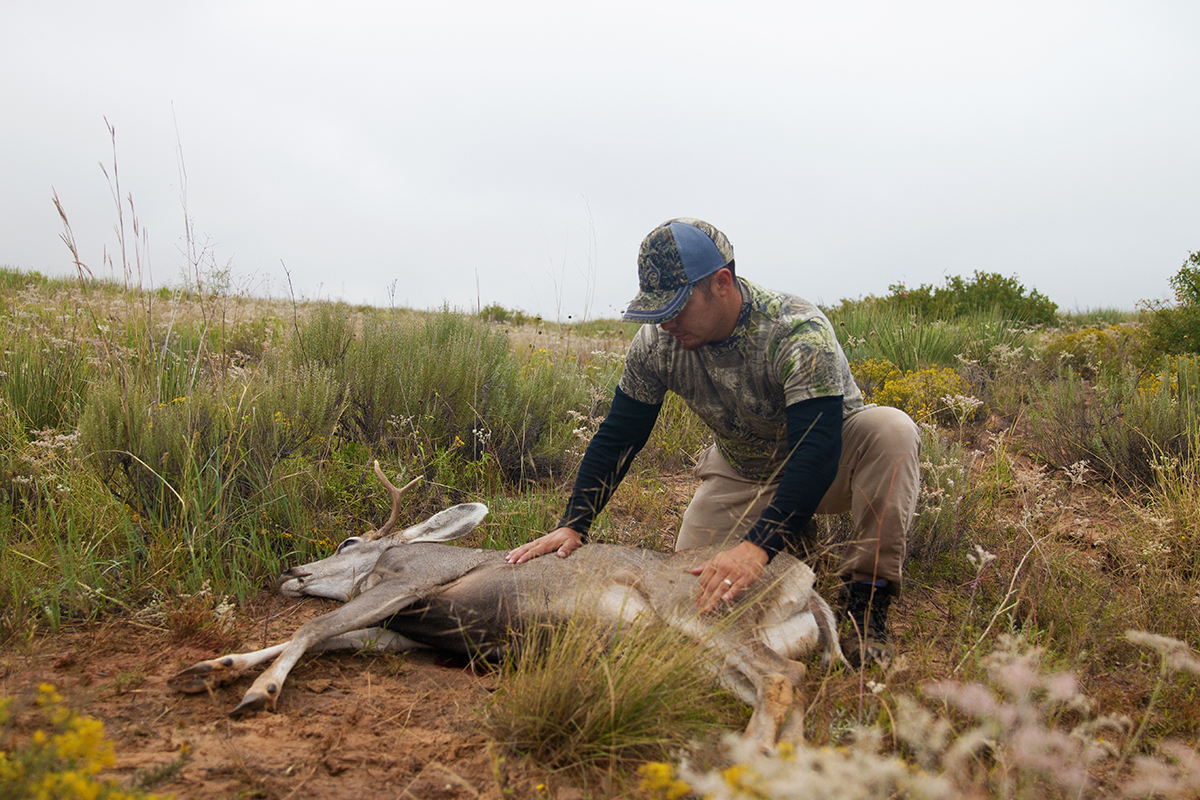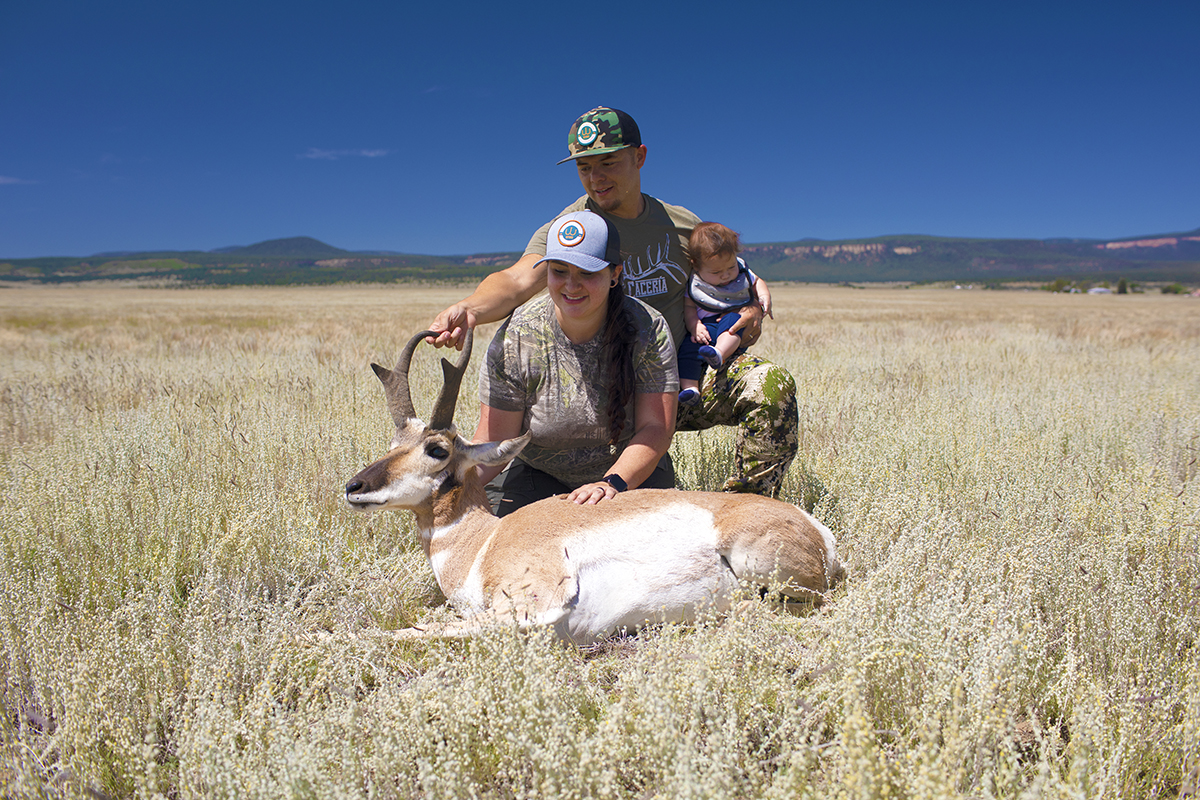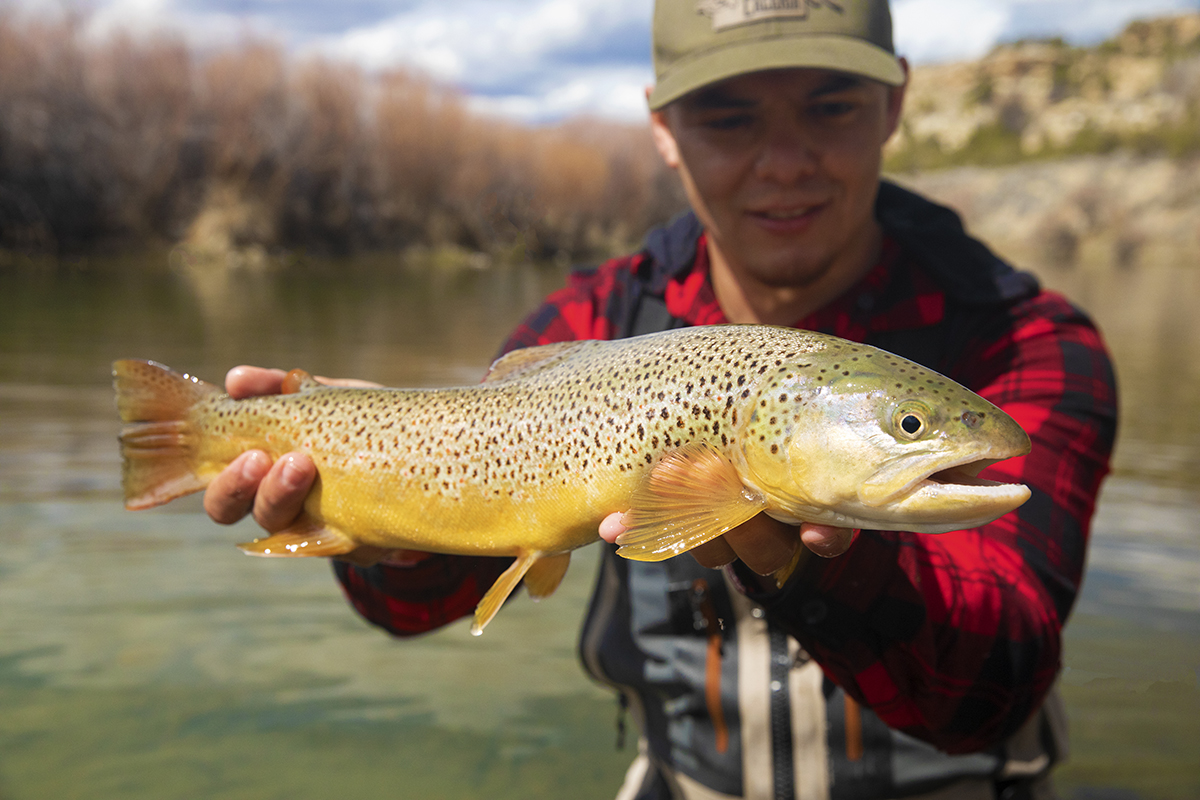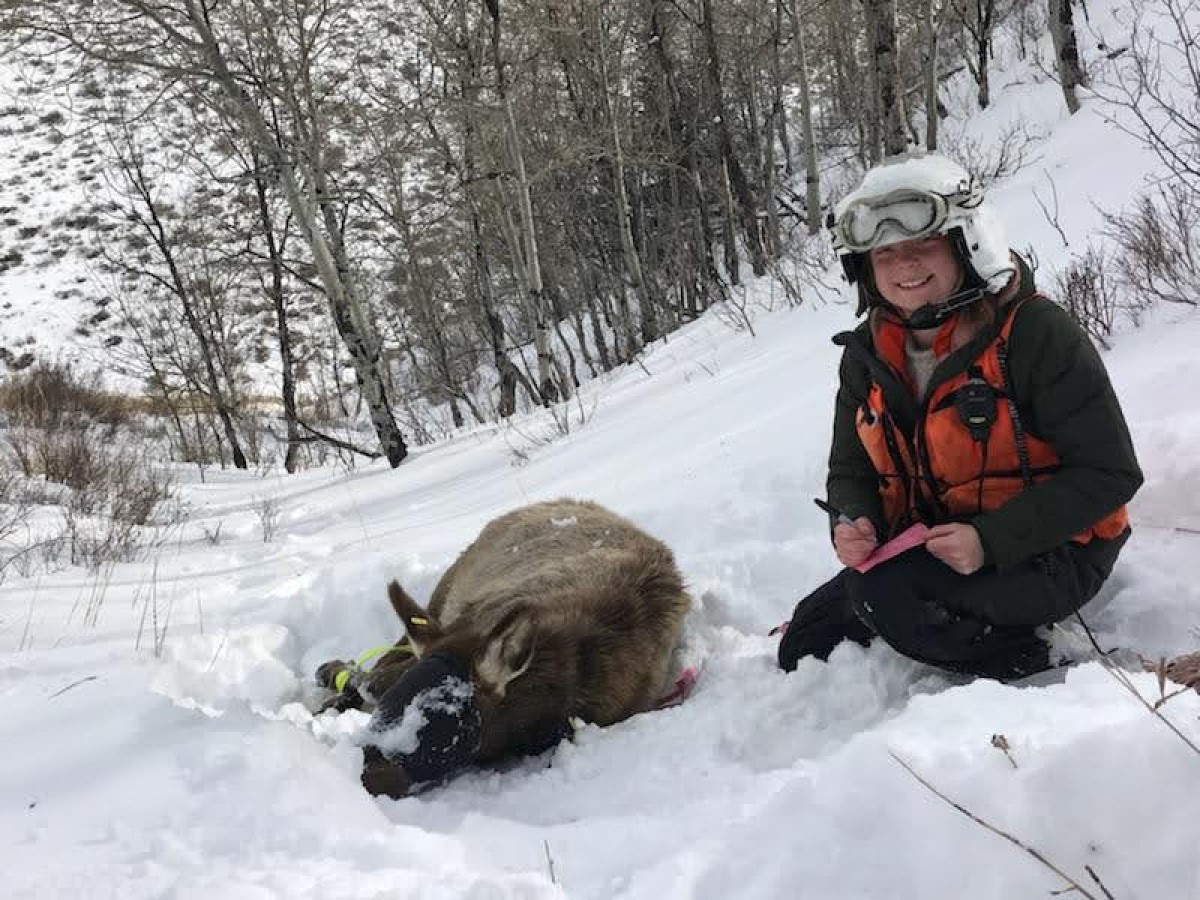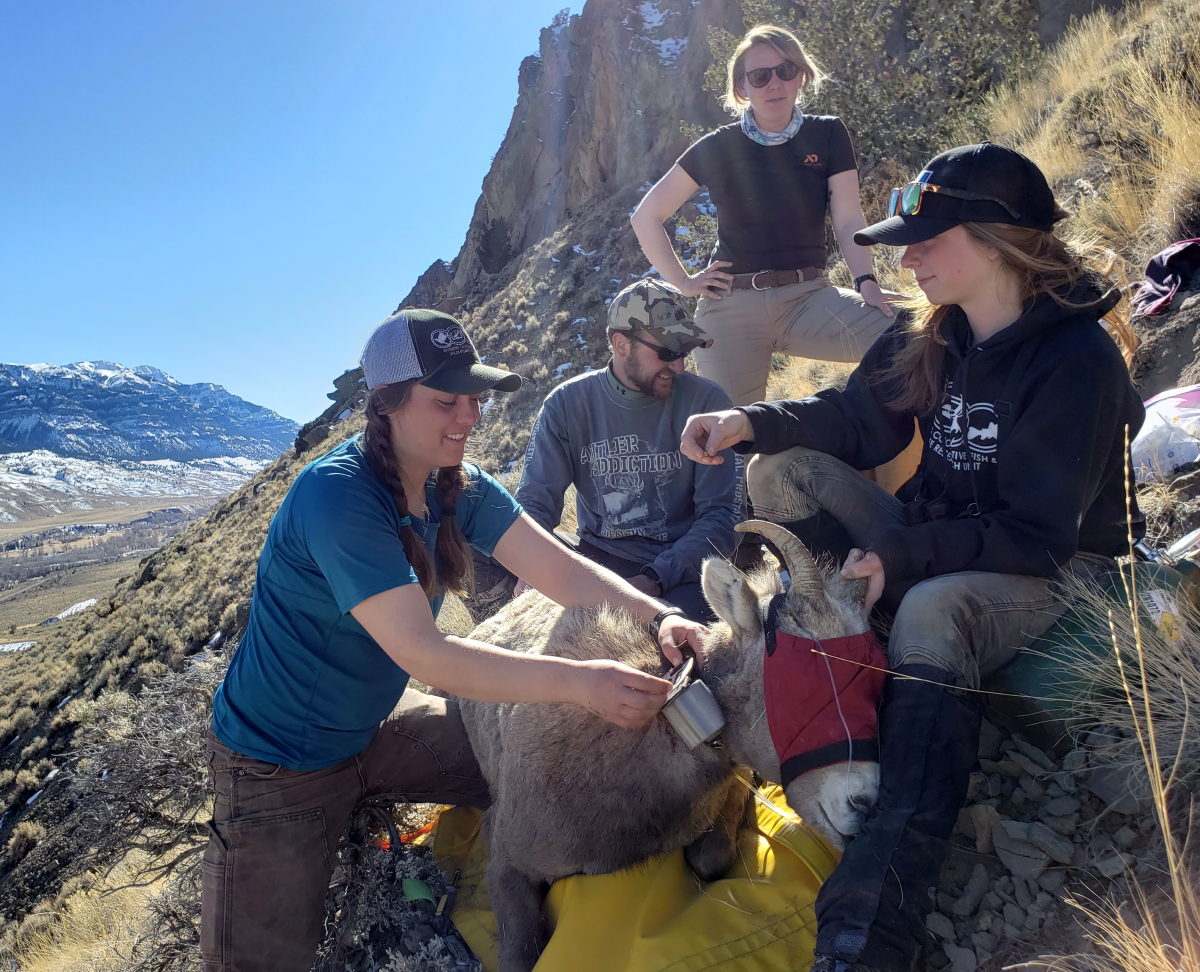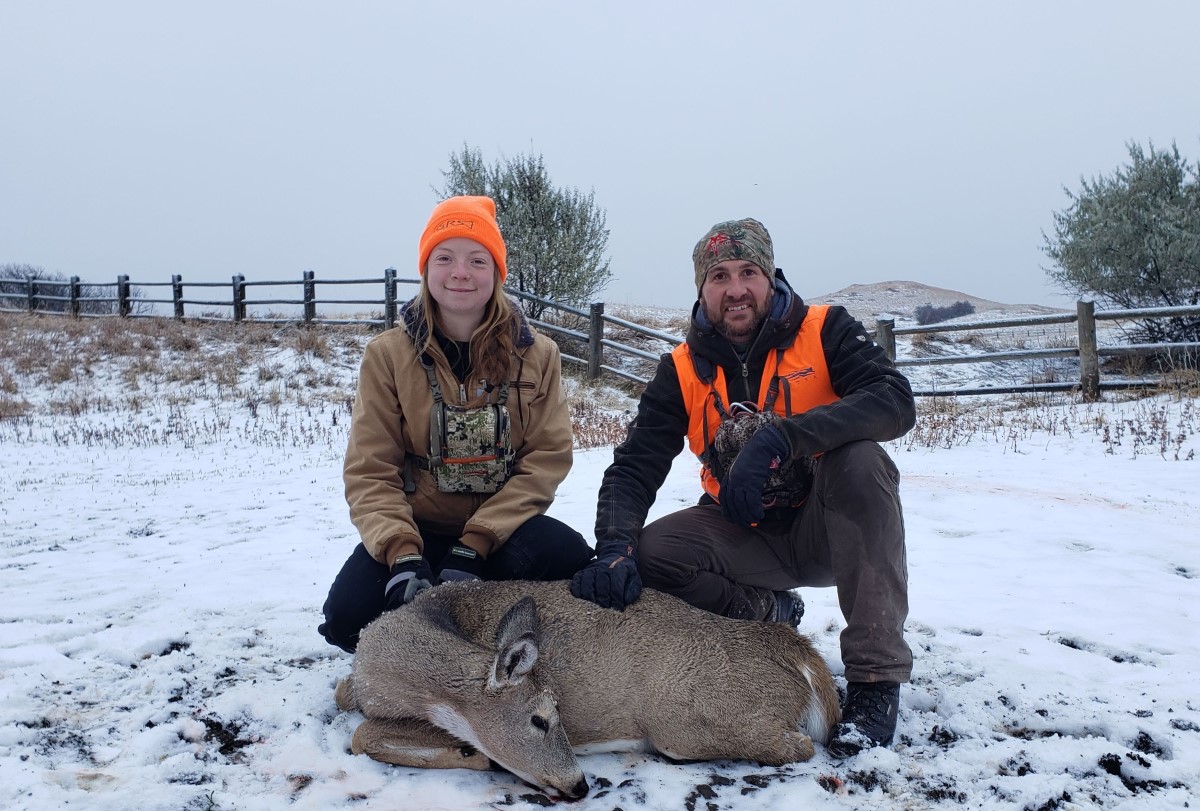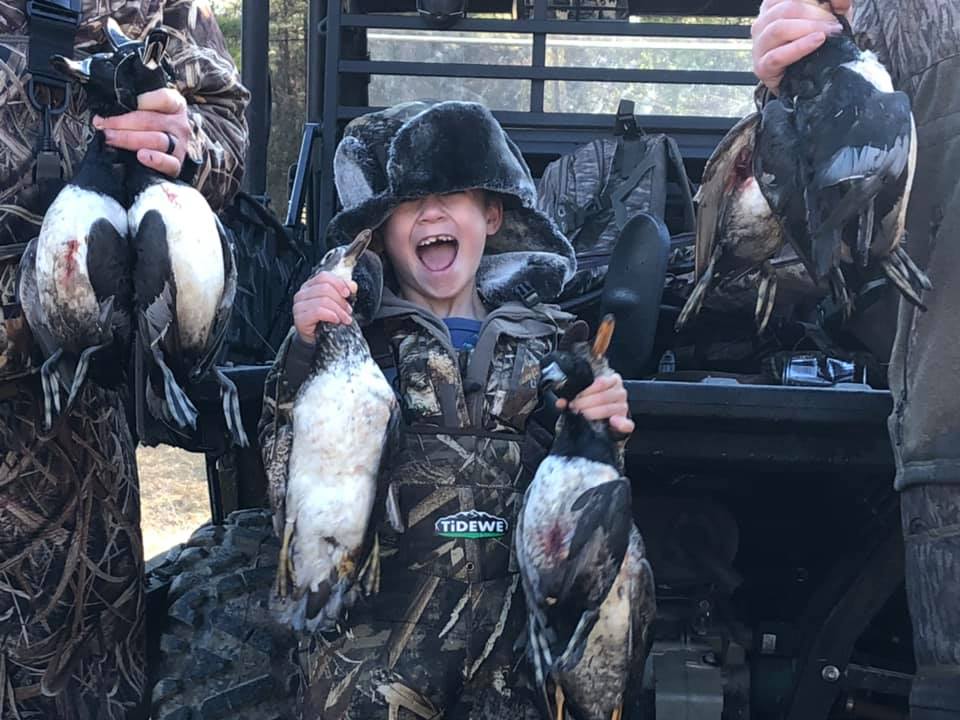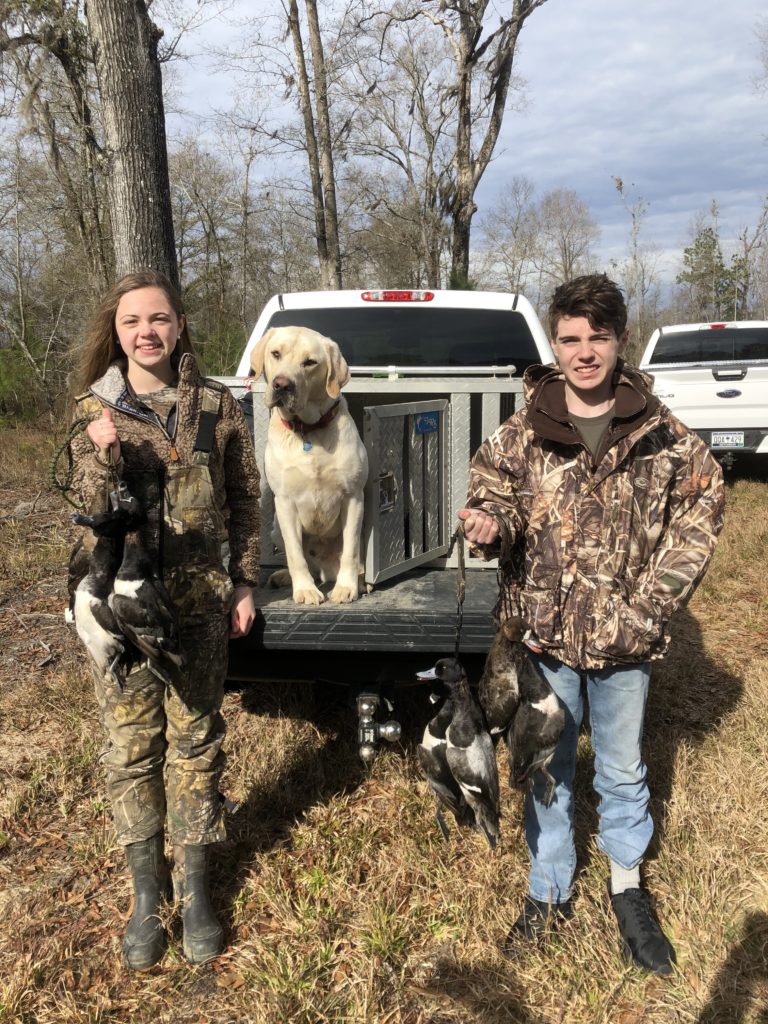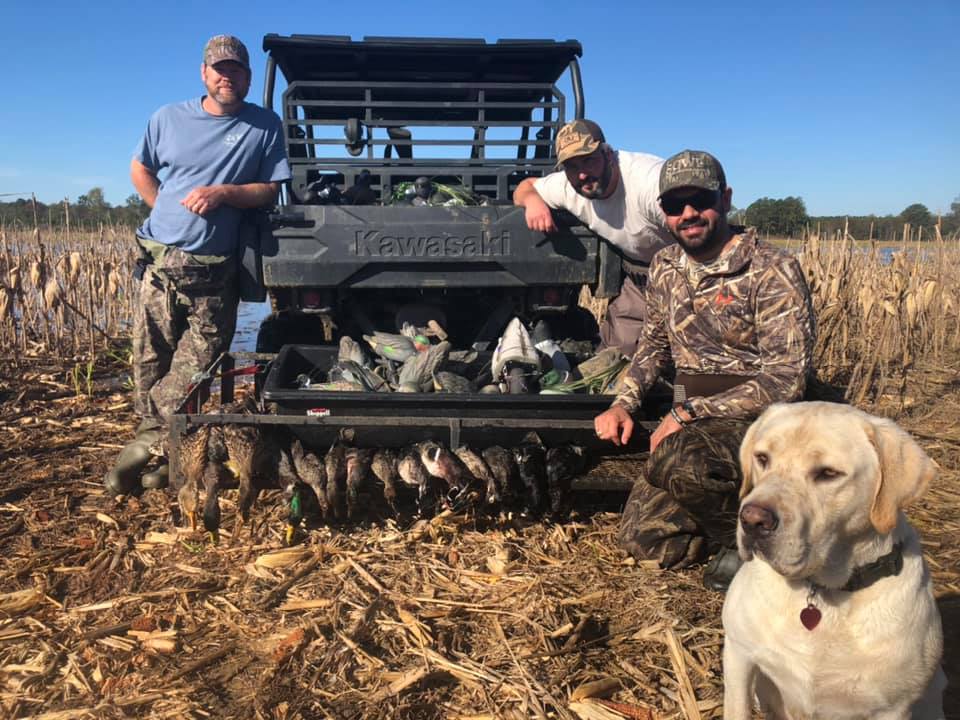TRCP’s “In the Arena” series highlights the individual voices of hunters and anglers who, as Theodore Roosevelt so famously said, strive valiantly in the worthy cause of conservation.
Kelsey Johnson
Hometown: Born and raised in Pittsburgh, Pa. Currently in Bozeman, Mont.
Occupation: Artist
Conservation credentials: This owner of a 2% For Conservation-certified business (KRae Artwork & Illustration Company) uses her talents and professional success as an artist to raise money for organizations that work on behalf of fish, wildlife, and public lands
Kelsey Johnson is a Bozeman, Montana-based artist who uses oil paints and graphite pencils to depict the unique people, wildlife, and landscapes of the American West. Three years ago, she came up with the idea of a “Conservation Christmas” fundraiser, pledging a portion of her sales each holiday season to the TRCP. Throughout the month of November, $5 from every print sold, $10 from every small work, and $50 from every original will be donated by Kelsey to help support our mission of guaranteeing all Americans quality places to hunt and fish.
We’ve been thrilled to have Kelsey’s support over the years, but we also just think she’s someone you should know! Here is her story.
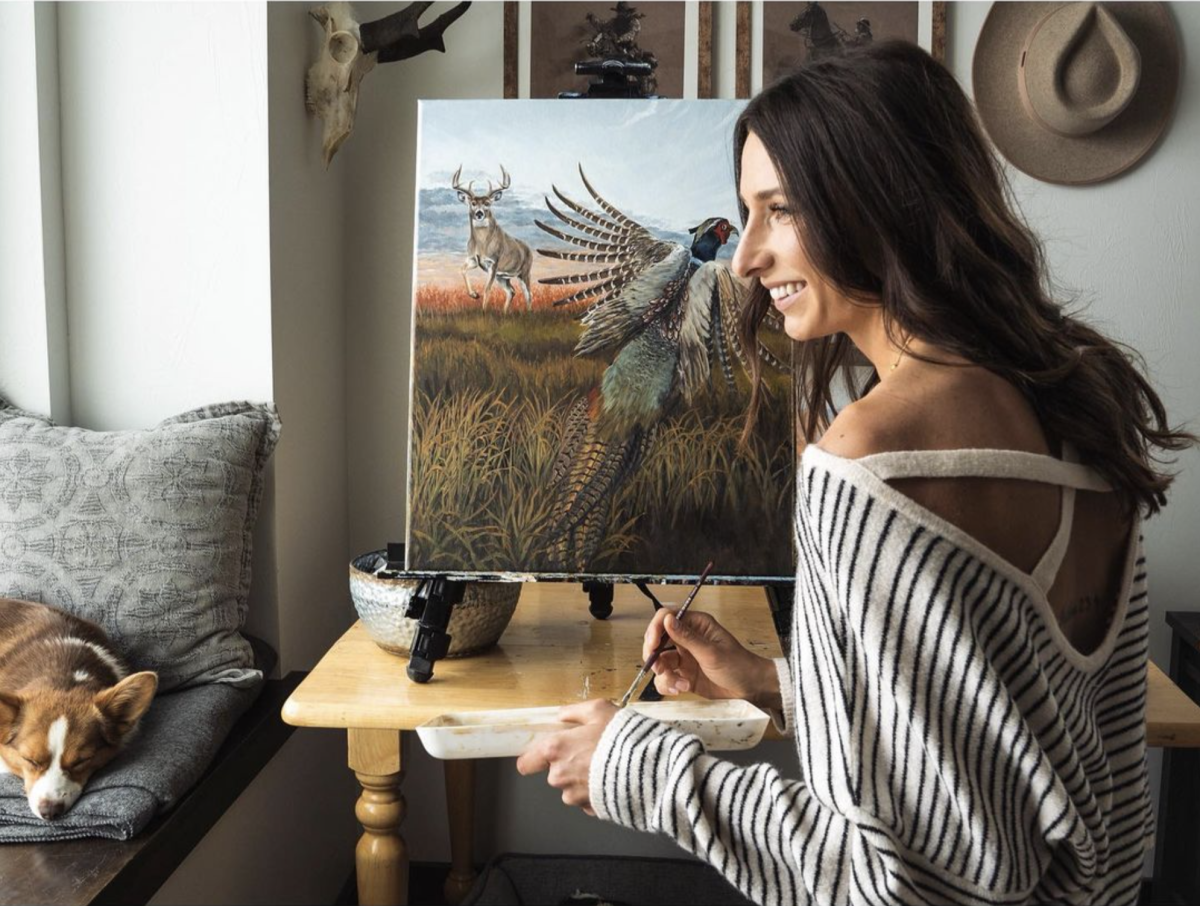
I grew up with the typical, fondly remembered, but “soft” outdoor experiences: camping in the pop-up, dirty hands and s’mores, catching bluegills off the dock – that type of stuff. My family volunteered at the animal shelter, we ate a lot of TV dinners, and I couldn’t have imagined becoming a hunter. That came much later, as I sought out a greater understanding of, and a stronger connection to, my food and the outdoors.
My story is pretty standard “adult onset hunting” fare. A move out West and a love of hiking slowly introduced me to folks who shared a passion for wildlife, nature, and physical activity. To my surprise, many of them hunted, and thus my mind was opened to the world of hunting and conservation. It’s been a fun, fulfilling, and educational ride ever since.

While it’s hard to pick out a single memorable experience outdoors, I enjoyed a very special moment this spring with my oldest brother, who joined my fiancé Seth and me for our annual turkey camp. Like me, my brother has also picked up hunting as an adult, and last fall had a tough elk hunt in Colorado, where they hardly saw any elk. On our hunt together, we all set up against trees facing a large clearing, waiting for gobbles.
After about an hour of sitting in silence, to our surprise a large herd of elk filtered into the clearing and slowly fed past us, coming within 20 yards or so. It’s not the craziest outdoor experience in the world, but it meant a lot to share the excitement of spending time so close to all those elk together. And to make it even sweeter, we both doubled on turkeys later that week.
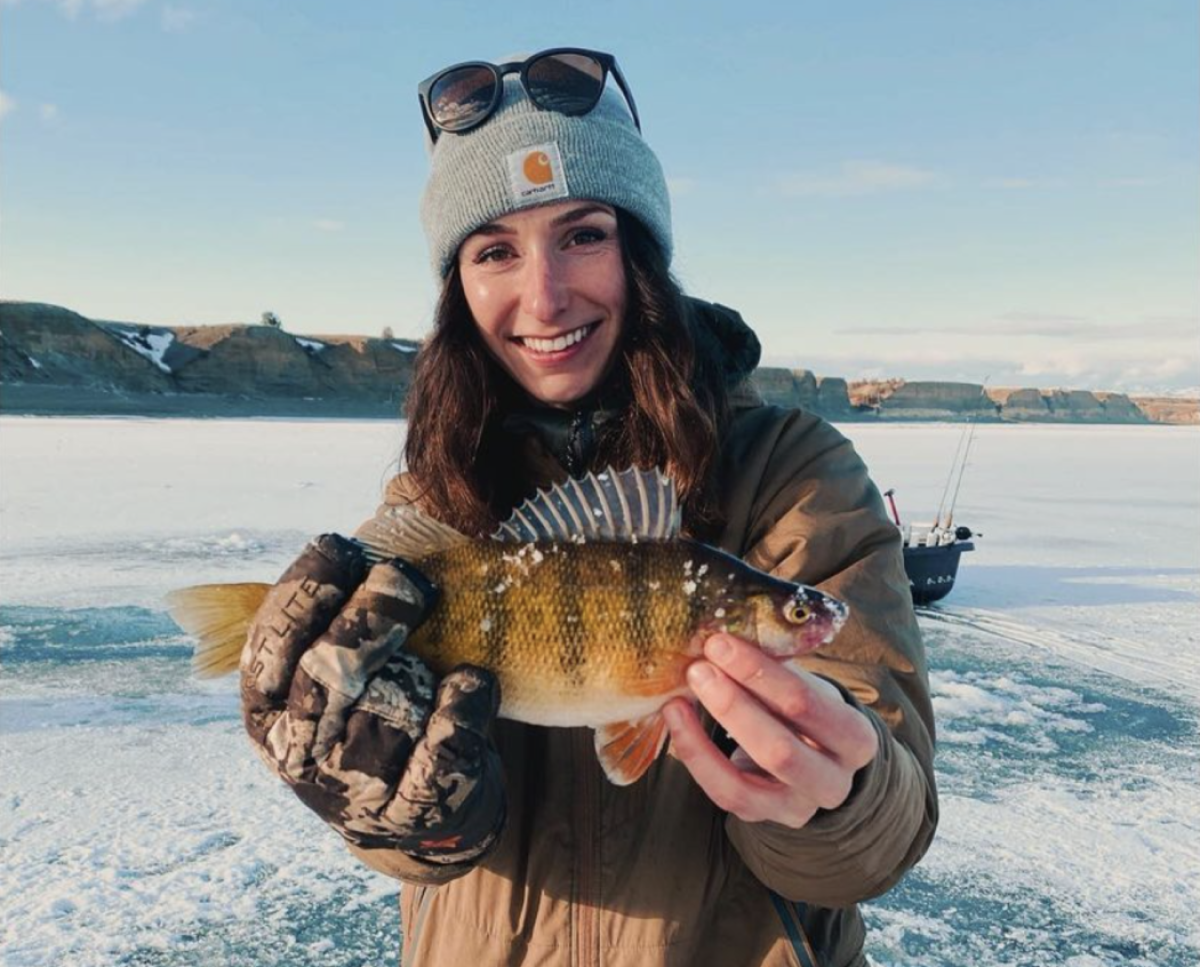
Conservation is central to my life outdoors, because whenever I’m in the mountains or on the prairie, I’m reminded of how lucky we are to have these experiences. I understand how hard-won our model of conservation is. I also understand that it is a constant effort to uphold a well-managed system that allows for quality access and healthy fish and wildlife populations. So, I always feel fortunate and grateful for every opportunity to be outdoors.
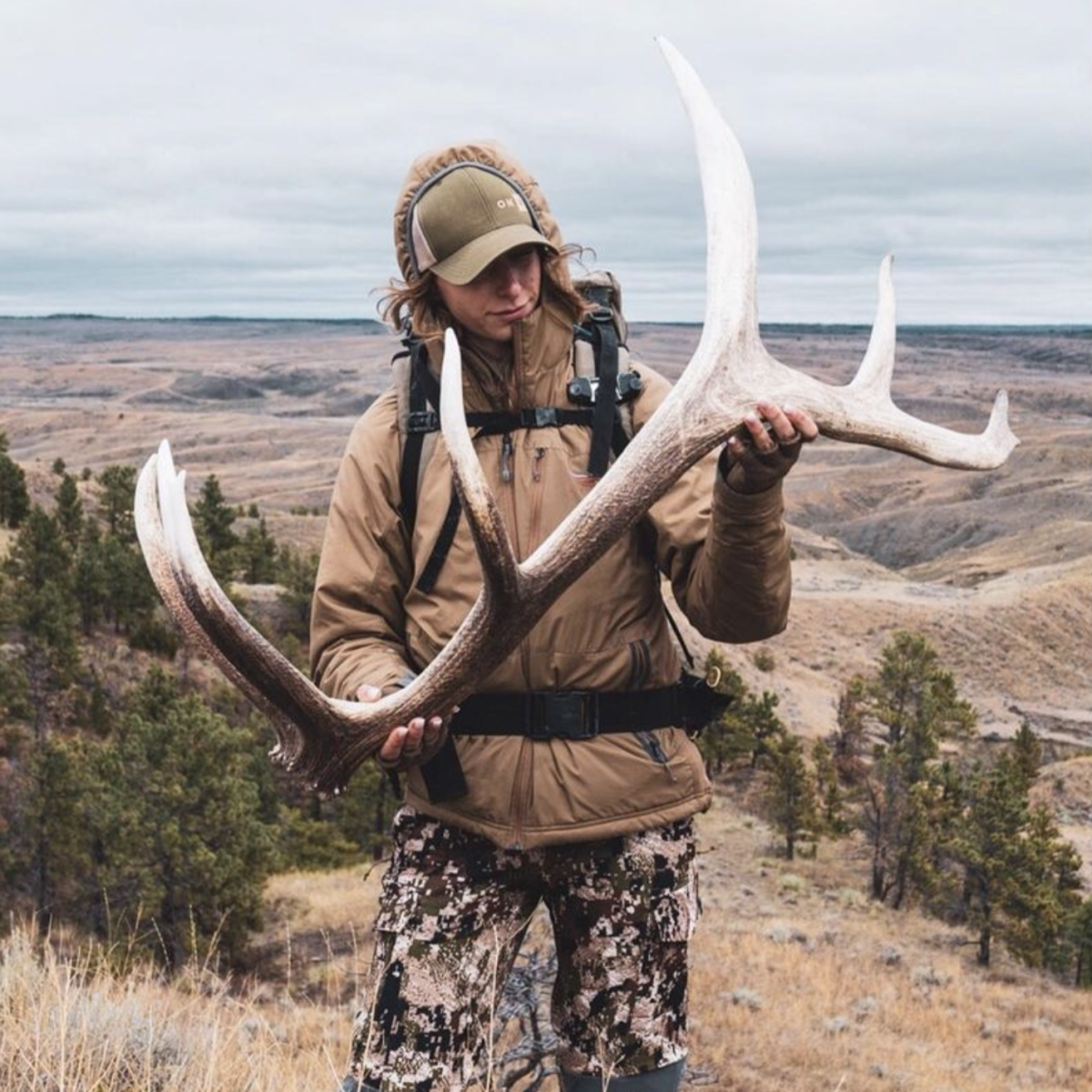
Although there are many challenges facing our fish and wildlife today, the first that come to mind when I think about where I live are those of habitat loss and water use. In Bozeman, and I think across the West in general, urban areas are expanding rapidly. Much of the land that is being developed for residential and commercial use is historically wildlife winter range, migratory routes, grasslands, and other important habitats. The dramatic increase in population and the resulting demands on our water supply seem like massive challenges that will require us to come together to find long-term solutions.
At the end of the day, I simply cannot imagine a life without access to the outdoors. These freedoms are vital to me: to walk the prairie in pursuit of deer or grouse, to wander hills and coulees in search of antler sheds, to hike to a mountain ridge for the exercise and fresh air. These rights bestowed upon the American people are ours to protect, and it is important to take that seriously.
Follow Kelsey @k_raeartworks on Instagram and check out her work at kraeartworks.com.
Do you know someone “In the Arena” who should be featured here? Email info@trcp.org for a questionnaire.

